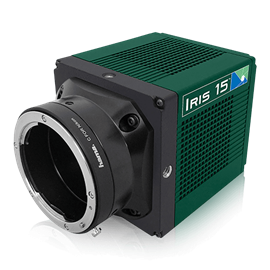Retiga E
The Retiga E Family bring long exposure imaging into the CMOS era, featuring major breakthroughs in thermal noise control that allows for exposures of over an hour! Alongside this, Retiga E CMOS cameras have high pixel count sensors capable of high speed imaging, and are optimised for OEM integration.
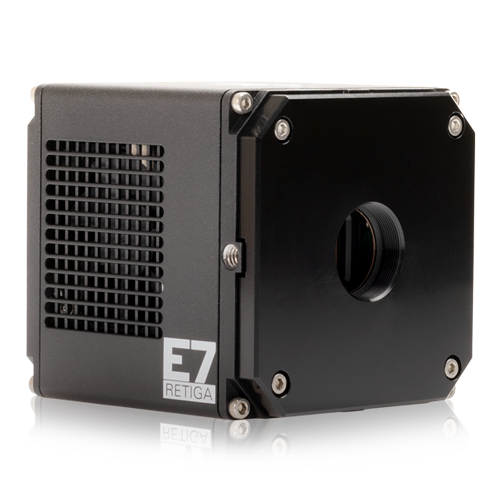
Long Exposure Imaging
Thanks to major breakthroughs in thermal noise control, Retiga E CMOS cameras have an unprecedented ultra-low dark current of <0.001 electrons per pixel per second, allowing for exposure times of over an hour.
Stretching exposure times from seconds to minutes to hours in this manner results in comfortable detection of even the weakest signals, ideal for imaging luminescence.
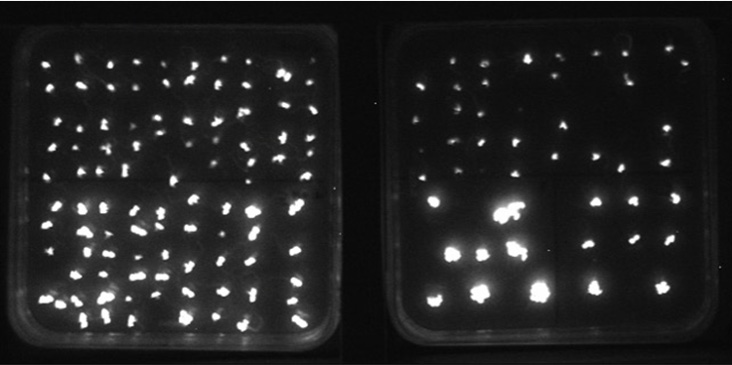
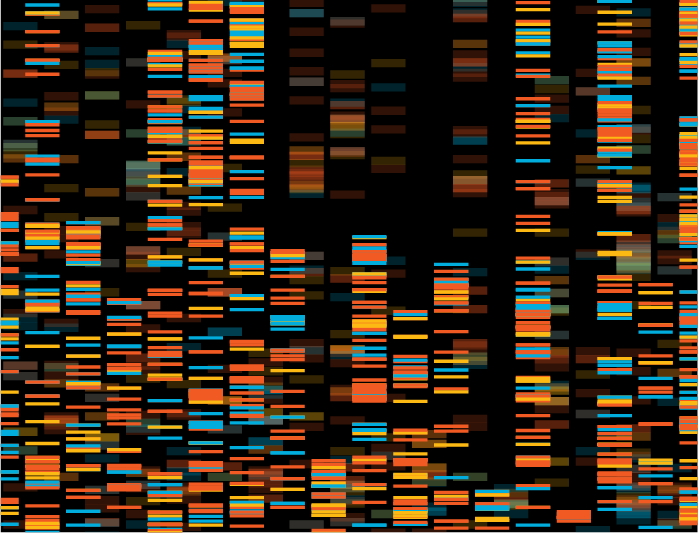
Extended Dynamic Range
As well as Speed and Long Exposure modes, Retiga E cameras feature Extended Dynamic Range (EDR) mode, which combines a large full well capacity with a low read noise to result in ~2.5x more dynamic range than other modes, easily capturing both intense and weak signals in the same image.
Small Pixel Imaging
The Retiga E20 features our smallest-ever pixel at 2.4 μm, which results in high-resolution imaging at even the lowest magnifications. Combined with a 20-Megapixel array (5472 x 3648) the Retiga E20 can pick out even the smallest details from large samples in a high-throughput manner.
With low noise contribution and a high peak QE, the Retiga E20 will deliver high quality images of your samples even in low-light conditions.
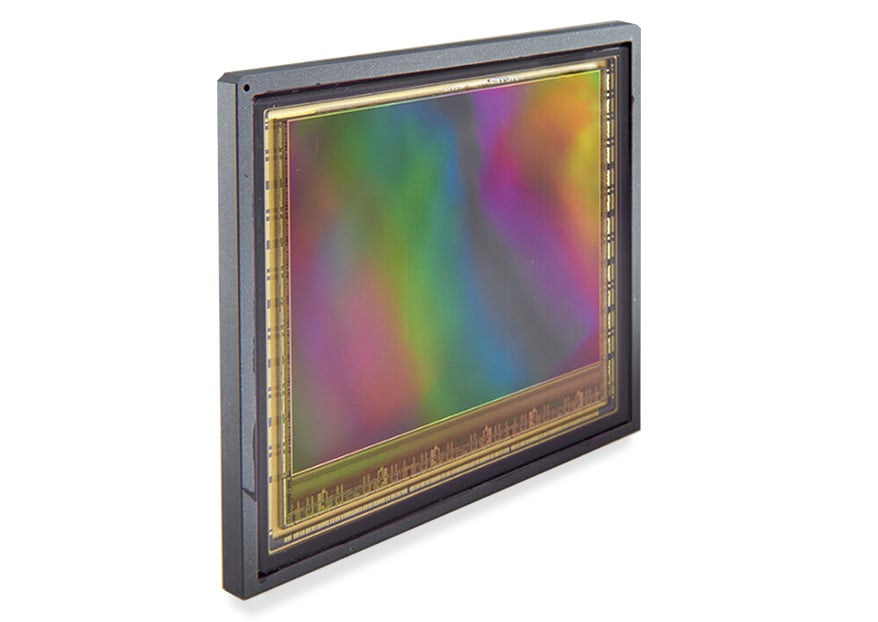
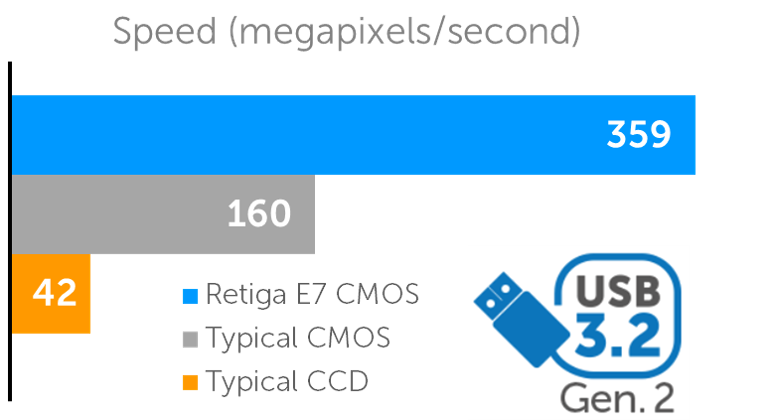
High Speed Mode
As well as the ‘Long Exposure’ mode, Retiga E cameras feature a ‘Fast Capture’ mode that operates at 100 fps for the Retiga E7, across the full 7 megapixel sensor. This flexibility allows the Retiga E7 to capture fast, dynamic signals, or to switch to long exposure in order to service a wide range of imaging applications.
OEM Integration
Interfacing is simple with the Retiga E Family by design. With their compact format and single cable interface, hardware integration is straightforward. The addition of onboard triggering, Windows/Linux support, and our dedicated OEM team make integrating and customising the Retiga E7 or Retiga E20 a painless process.
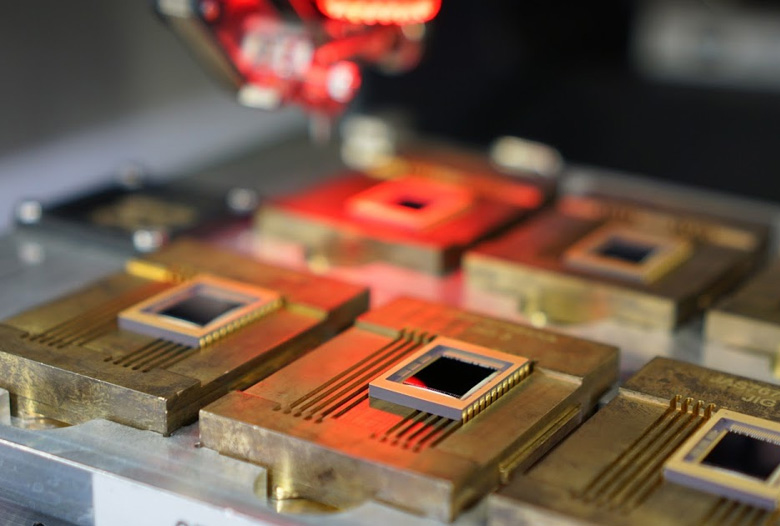
Family Specifications
| Sensor Technology | CMOS |
|---|---|
| Dark Current Noise | 0.001 e-/p/s |
| Quantum Efficiency | 73% |
| Pixel Size | 4.5 µm x 4.5 µm |
| Supported Interfaces | USB 3.2 Gen 2 |
| Read Noise (median) | 2.1 e- |
Model Finder
| Product | MP | FOV (Diag. mm) | FPS | Pixel Size (μm) | QE | Read Noise | Dark Current | FWC | Sensor | Price | Compare | Options |
|---|---|---|---|---|---|---|---|---|---|---|---|---|
Retiga E20
01-RET-E20-M-C
|
19.9 | 14.4 x 10 mm | 22 fps | 2.4 µm | 85% | 2.0 e⁻ | 0.003 e⁻/p/s | 23,000 e⁻ | Sony-Based | Preproduction Request Info |
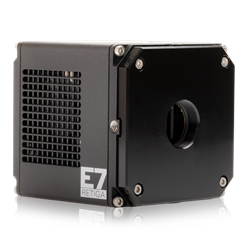
|
|
Retiga E7
01-RET-E7-M-C
|
7 | 14.4 x 10 mm | 51 fps | 4.5 µm | 73% | 2.1 e⁻ | 0.001 e⁻/p/s | 23,000 e⁻ | Sony-Based | In Production Request Info |

|
|
Retiga E9
01-RET- E9-M-C
|
9 | 11.3 x 11.3 mm | 25 fps | 3.76 um | <90% | 1.3 e- | <0.001 e⁻/p/s | 50,000 e- | Sony IMX533 CMOS Sensor | Preproduction Request Info |

|
Resources & Support
Below are assets shared by all models of this product family.
For model-specific assets, select an option in the Model Finder above.
You must be logged in to download software or firmware. Please sign in or create an account here.
PVCAM 3.10.0.3 (Linux)
PVCAM SDK 3.10.1.1
3rd Party: MathWorks MATLAB Image Acquisition Toolbox
Ocular 2.0
Below are assets shared by all models of this product family.
For model-specific assets, select an option in the Model Finder above.
Retiga E7 and E20 Datasheet
Retiga E7 Datasheet
Retiga E9 Datasheet
